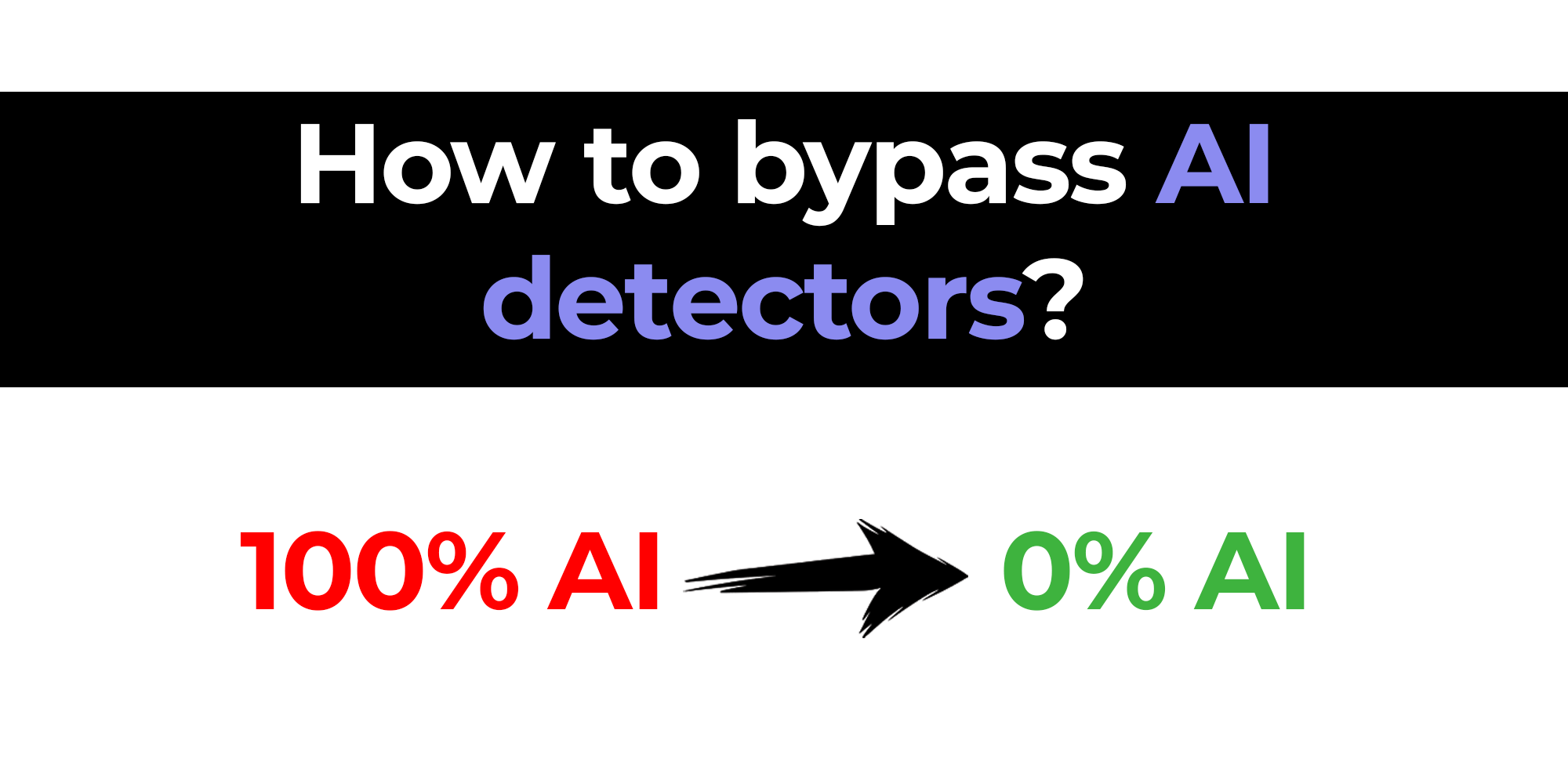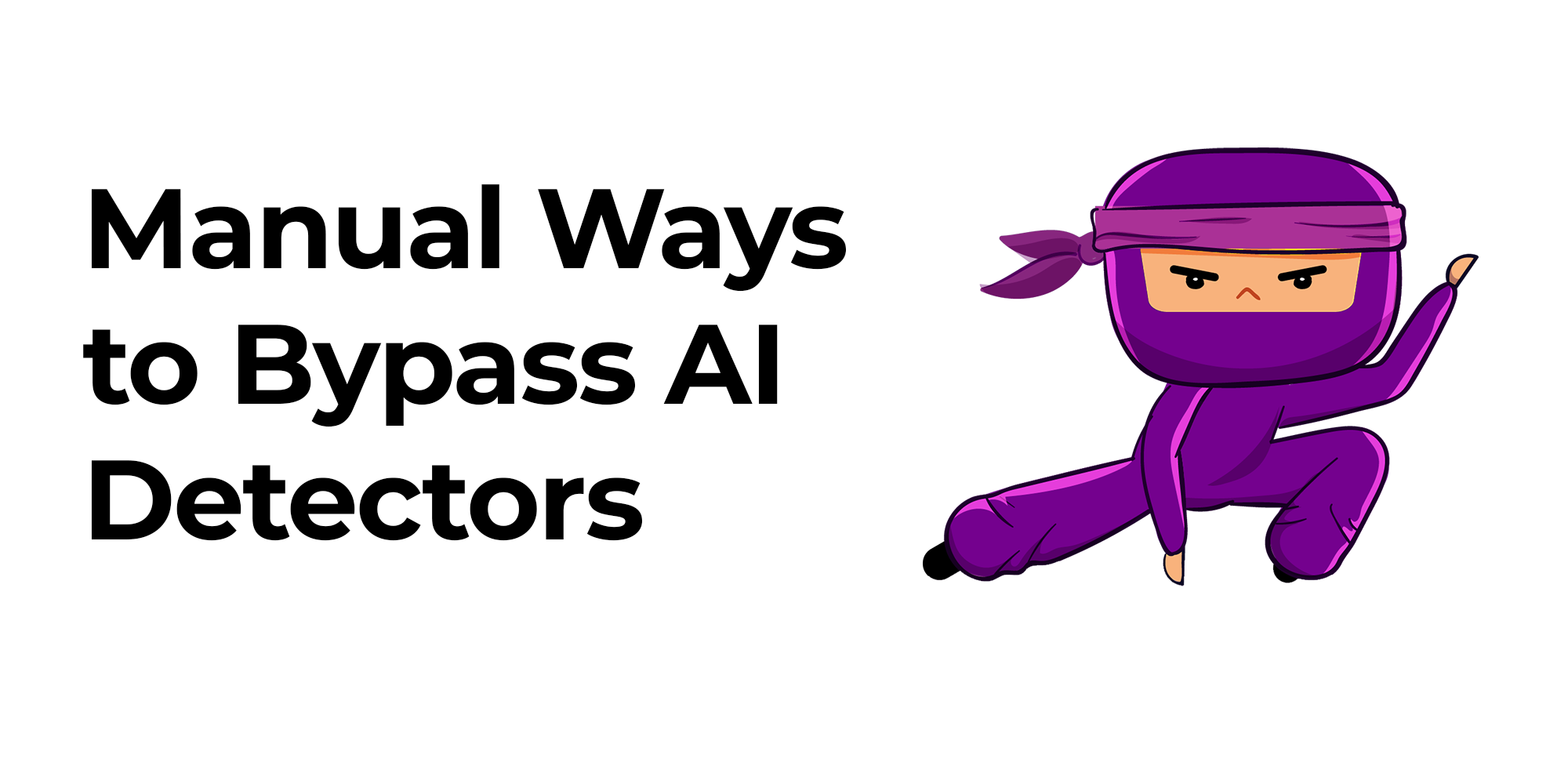Numerous online platforms exist to detect AI-created content, aiding companies and promoters in ensuring the origin of content is not from artificial intelligence (AI). Such instruments are instrumental in confirming the genuineness and worth of any content (and your independent writer) prior to publishing, though their accuracy has some limitations. To begin with, several of these instruments are relatively new and might not yield precise outcomes. Moreover, enhancements can be made, so depending solely on them might lead to erroneous conclusions.
The Problem with AI Content Detectors

While AI detection tools offer potential benefits, they’re not without limitations. Their precision is often tethered to the training data they’ve been exposed to; any biases in this data can further reduce their accuracy. Consequently, these tools can occasionally mistake human-written content for AI-produced material, or the other way around. Such false positives can lead to misconceptions for readers and writers alike, posing challenges in academic settings where students could face unwarranted sanctions. These detectors typically base their conclusions on three main pillars: predictability, probability, and pattern discernment. I’ve even experienced some of these tools flagging my own writings as AI-generated when, in fact, I was the author. What I’ve observed is that if one’s writing lacks the nuances of human emotion, distinct personality, or other humanistic elements, there’s a higher likelihood it’ll be tagged as AI. This can be problematic for marketers, especially since a lot of promotional content leans towards a more neutral tone. However, it’s worth noting that one can instruct an AI to infuse emotion into its generated content.
Bypassing AI Writing Detectors

There are several strategies at your disposal, but one of the most straightforward approaches is using word rewriting tools such as NetusAI, Undetectable AI, or HideMyAI. Pairing these with additional grammatical adjustments can increase your chances of bypassing detection. Here’s a compilation of our top suggestions:
Using AI Paraphrasers to bypass AI Detection
Given that AI models operate based on text predictability, the key is to disrupt that predictability. I’ve found tools like NetusAI and Undetectable AI quite effective in paraphrasing content generated by ChatGPT into text that appears more human-like. However, it’s worth noting that at times, these tools can produce outputs that sound rather mechanical, regardless of your input.
Manual Ways to Bypass AI Detectors

Limit Repeated Words
An effective strategy to dodge AI detection involves minimizing word repetition within your piece. AI-produced content often has a tendency to be redundant. To counter this, take the time to manually review and edit your work. While this aligns with the earlier point, it emphasizes the human touch in refining content. Although not all AI-created content showcases repetitive phrasing, the models with fewer parameters—often the older ones—typically write at a more predictable and basic level. In simpler terms, fewer parameters often equate to greater predictability.
Humanize AI Writing Patterns
To effectively bypass AI detection when generating content, aim to mimic authentic human writing behaviors. By doing so, you can produce captivating content that challenges AI systems in their identification process. For instance, adopting a casual or conversational tone, as opposed to a more formalized one, can obscure patterns that AI detectors commonly associate with machine-generated content. Incorporate variety in your sentences; play with structure and length. Weave in questions and cite external sources like statistics or pertinent data from other websites. Remember to structure your content for the digital age. Shorter paragraphs are the norm for online reading, differing from traditional book formats. Composing in this manner not only enhances readability but also feels more organic to online readers.
Add a Personal Touch To the AI Written Content
Incorporating analogies, idioms, or personal stories into your writing can often outmaneuver AI detection tools. While these detectors are undeniably advanced, they still lack the authentic creativity inherent to humans. By weaving in personal anecdotes related to the subject, you not only make it harder for AI tools to pinpoint your content but also enhance its relatability and credibility. After all, genuine human experiences bring a warmth and depth to writing that machines still struggle to replicate.
Add Some Facts of Statistics Into the Content
Incorporating deep expertise and specialized knowledge into your content is pivotal in sidestepping AI detection mechanisms. Such nuanced content not only feels more authentic but also positions you better in search engine rankings. Engaging with industry connoisseurs offers a wealth of understanding. Whether it’s through interviews, extracting quotes, or just insightful discussions, immersing yourself in expert perspectives enriches your grasp of the subject. Furthermore, sprinkling your content with niche-specific terminologies and showcasing your personal expertise (expressed in a first-person narrative) can craft a piece that endures both in value and credibility
Manually Edit the AI Content
It might seem counterintuitive, but consider this – manually rework the content from scratch! The capabilities of AI writing tools remain a subject of debate. Often, they’re fantastic for sketching out content structures, but not necessarily for final drafts. If you genuinely wish to bypassgpt AI detection—and believe it’s a worthy investment of your time—let the AI draft your article or analysis. Then, transform it as if you’re addressing an audience, ensuring it resonates with the readers you aim to engage.
Final Thoughts on Bypassing AI Detectors

It’s somewhat disheartening that discussions around bypassing AI detection tools are even necessary. In the coming year, such concerns will likely become obsolete. Ultimately, quality writing stands on its own.
Rather than concentrating on monitoring content generation methods, our emphasis should shift to instilling ethical choices. If authenticity and originality are required, strive for it. However, if AI writing tools can enhance productivity and streamline processes, embrace them. The recent unveiling of an AI detector by TurnItIn, without adequate explanation to educators about its inner workings, has stirred concerns among parents. How can we vouch for its accuracy when its mechanisms remain shrouded in mystery? How can claims be made without substantial proof?
As we move forward, it’s highly possible that the general sentiment towards AI writing will transition. Rather than stringent oversight, there will likely be a shift towards welcoming AI, with a keen emphasis on advocating for its ethical and responsible use. These tools have the potential to not only streamline processes but also spark creativity and innovation. It’s crucial to recognize that we’re just scratching the surface of the AI journey, and there’s much more to explore.
How to Bypass AI Content Detection FAQs
What are AI Detectors?
AI detectors are sophisticated tools engineered to recognize and highlight content generated by artificial intelligence systems. Many platforms and websites employ these detectors to uphold content authenticity and prioritize human-authored material
Circumventing AI detectors might be advantageous when AI-produced content is wrongfully marked or limited. Moreover, it enables your brand to maintain a distinct presence online, offering a competitive edge over others.
Is it simple to evade AI detectors?
AI detectors are consistently advancing, increasing the challenge of eluding them. Yet, there are methods and approaches that can enhance the likelihood of your AI-crafted content going unnoticed.
How can one bypass AI detection?
There are various tactics to elude AI content detection systems, such as personalizing AI-created content through tools like NetusAI or Undetectable.AI, weaving in personal stories, emotions, utilizing synonyms or rephrasing, maintaining your brand’s unique tone, and several other methods as detailed in this discussion.

